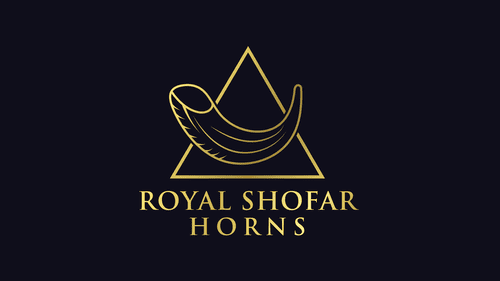About Shofar
Shofar factories: ancient tradition meets modern technology
The shofar, an ancient and sacred wind instrument, has been used in Judaism since ancient times. Its powerful and unique sound plays a role in various religious ceremonies, ranging from regular days to major holidays. The production of the shofar is a complex and traditional craft, and today there are many factories in Israel and abroad that specialize in its manufacture. In this article, we will explore the fascinating world of shofar production, learn about its rich history, review the intricate production process, and examine the various types of shofars available on the market.
The History of the Shofar
The shofar originated from the horn of a clean animal, considered sacred and connected to Mount Sinai. The horn was used to create the shofar, and this musical instrument became an important symbol for the people of Israel. The shofar is mentioned in the Torah several times and was used in various religious ceremonies, such as proclaiming the Jubilee Year and calling the people to war.
During the Second Temple period, the shofar was used in many important ceremonies, including Passover and Yom Kippur. After the destruction of the Temple, the significance of the shofar diminished somewhat, but it continued to serve as a musical instrument in various Jewish ceremonies in the diaspora.
The Shofar Production Process
Making a shofar is a complex and traditional process that requires knowledge and significant skill. The process includes several key stages:
- Selecting the Raw Material: The main material for making a shofar is the horn of a pure animal. These horns vary in size, shape, and quality. High-quality horns are those with thick, smooth walls, free from cracks or defects.
- Preparing the Horn: After selecting the horn, it undergoes preliminary preparation. This includes cleaning the horn from any remaining flesh and fat, sanitizing it, and preparing the opening from which the sound will emerge.
- Cutting the Horn: Once prepared, the horn is cut to the desired size. The length of the shofar varies according to the type of shofar and its intended use.
- Shaping the Mouthpiece: The mouthpiece from which the sound emerges is a crucial part of the shofar. Its shape and size significantly affect the sound produced by the shofar.
- Polishing and Buffing: After cutting and shaping the mouthpiece, the shofar goes through a polishing and buffing process. This enhances the appearance of the shofar and allows it to produce a clear and pure sound.
- Testing and Adjusting: The finished shofar is carefully tested to ensure it meets all halachic (Jewish legal) and quality standards.
Types of Shofars
There are many types of shofars, differing in shape, size, and origin. Some of the most common types include:
- Ibex Shofar: The ibex shofar is the most common type. It is made from the horn of an ibex, an animal from the antelope family.
- Kudu Shofar: The kudu shofar is made from the horn of a kudu, an animal from the bovine family. This shofar is considered one of the highest-quality shofars.
- Oryx Shofar: The oryx shofar is made from the horn of an oryx, an animal from the bovine family. This shofar is relatively affordable.
- Yemenite Shofar: The Yemenite shofar has a unique shape and is primarily used in Tunisian and Yemeni Jewish communities.
Shofar Factories in Israel and Abroad
Today, there are many factories in Israel and abroad that specialize in producing shofars. These factories use advanced technologies to create high-quality, handmade shofars. Shofar manufacturers offer a wide range of shofars, from traditional to modern, designed shofars.
Conclusion
The shofar is an ancient and sacred instrument that has been used in Judaism since ancient times. Its production is a complex and traditional craft that requires great knowledge and skill. Today, there are many factories in Israel and abroad dedicated to shofar production, offering a wide variety of shofars to suit every need and budget.
The shofar is more than just a musical instrument; it is a symbol of the past, present, and future of the Jewish people. Its powerful sound continues to resonate in our hearts, reminding us of our traditions and heritage.


 עברית
עברית

מגוון שופרות מהודרות לרכישה מהירה
Yemenite Kudu Shofar – Strictly Kosher, 90-100 cm
Yemenite Kudu Shofar – Strictly Kosher, 100-110 cm
deer shofar – size 40-45 cm
deer shofar – size 50-55 cm
Yemenite Kudu Shofar – Strictly Kosher, 70-80 cm
deer shofar – size 25-30 cm
Shofar Oreix (Shofar Ram)
Yemenite Kudu Shofar – Strictly Kosher, 50-60 cm
Yemenite Kudu Shofar – Strictly Kosher, 110-120 cm
Yemenite Kudu Shofar – Strictly Kosher, 40-50 cm
deer shofar – size 35-40 cm
deer shofar – size 30-35 cm
Yemenite Kudu Shofar – Strictly Kosher, 120+ cm
Yemenite Kudu Shofar – Strictly Kosher, 60-70 cm
Yemenite Kudu Shofar – Strictly Kosher, 80-90 cm
deer shofar – size 55-60 cm